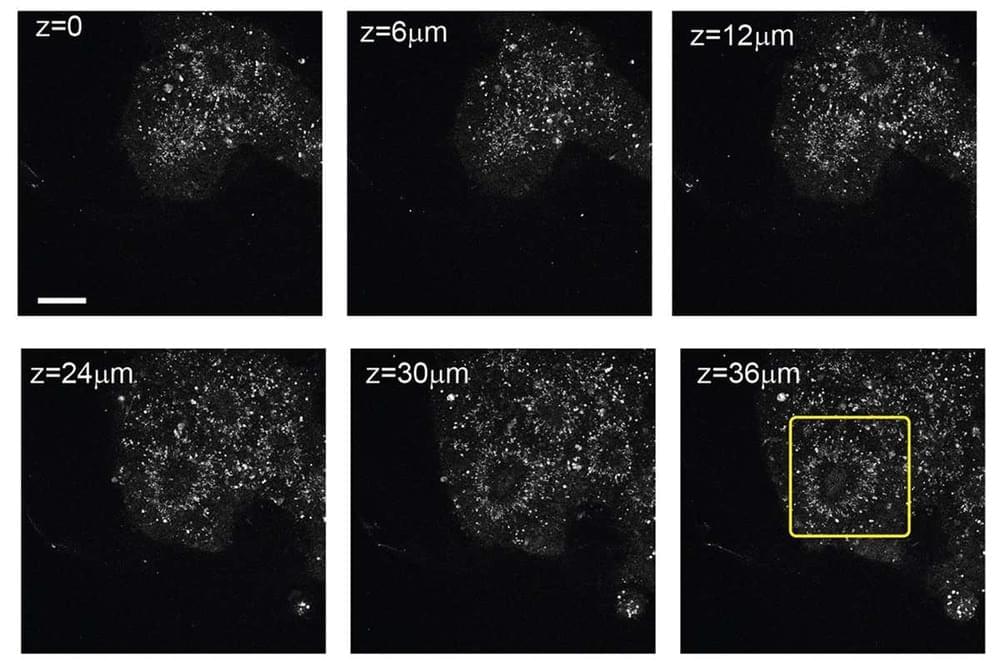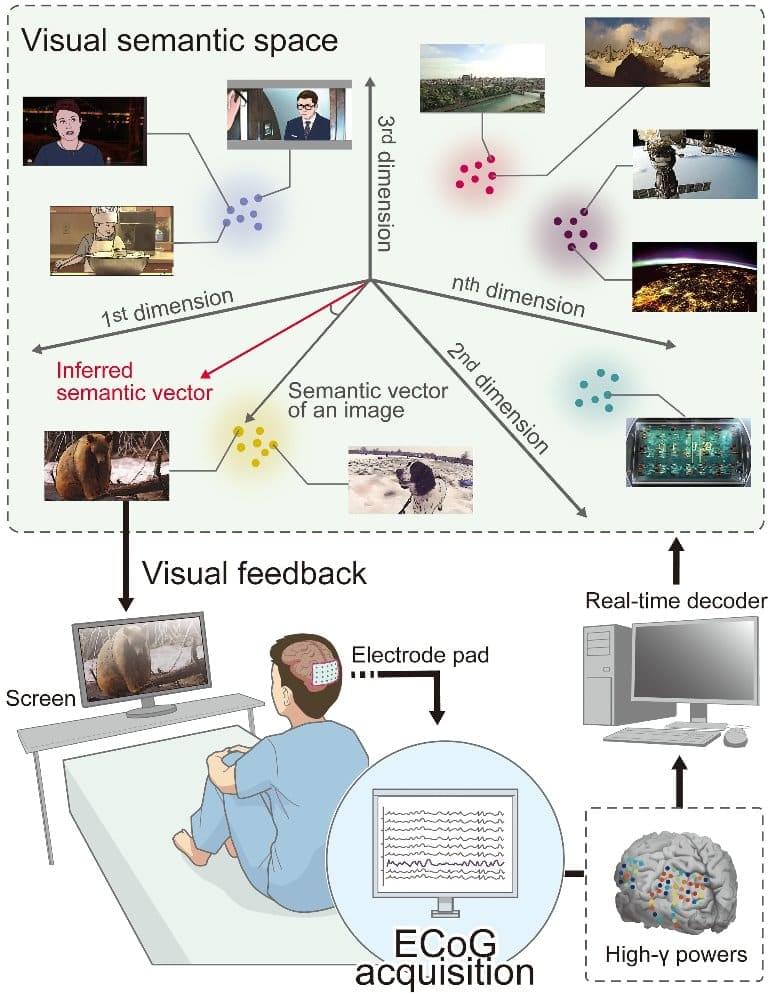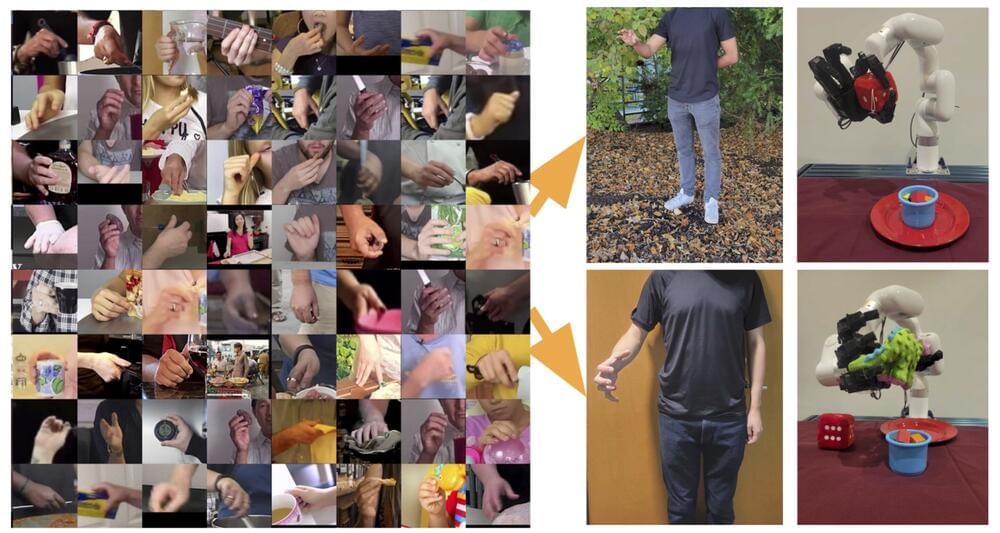The maker of the lethal drone claims that it can identify targets using artificial intelligence.



Circa 2021
It is now possible to grow and culture human brain tissue in a device that costs little more than a cup of coffee. With a $5 washable and reusable microchip, scientists can watch self-organising brain samples, known as brain organoids, growing in real time under a microscope.
The device, dubbed a “microfluidic bioreactor”, is a 4-by-6-centimetre chip that includes small wells in which the brain organoids grow. Each is filled with nutrient-rich fluid that is pumped in and out automatically, like the fluids that flush through the human brain.
Using this system, Ikram Khan at the Indian Institute of Technology Madras in Chennai and his colleagues at the Massachusetts Institute of Technology (MIT) have now reported the growth of a brain organoid over seven days. This demonstrates that the brain cells can thrive inside the chip, says Khan.


Summary: Using electrocorticogram technology to capture brain waves, researchers found the meaning of what people imagine can be determined from brain wave patterns, even if the image differs from what a person is looking at.
Source: Osaka University.
They say a picture is worth a thousand words. Now, researchers from Japan have found that even a mental picture can communicate volumes.

Over the past few decades, computer scientists have developed increasingly advanced techniques to train and operate robots. Collectively, these methods could facilitate the integration of robotic systems in an increasingly wide range of real-world settings.
Researchers at Carnegie Mellon University have recently created a new system that allows users to control a robotic hand and arm remotely, simply by demonstrating the movements they want it to replicate in front of a camera. This system, introduced in a paper pre-published on arXiv, could open exciting possibilities for the teleoperation and remote training of robots completing missions in both everyday settings and environments that are inaccessible to humans.
“Prior works in this area rely either on gloves, motion markers or a calibrated multi-camera setup,” Deepak Pathak, one of the researchers who developed the new system, told TechXplore. “Instead, our system works using a single uncalibrated camera. Since no calibration is needed, the user can be standing anywhere and still successfully teleoperate the robot.”

Quantum computers are getting bigger, but there are still few practical ways to take advantage of their extra computing power. To get over this hurdle, researchers are designing algorithms to ease the transition from classical to quantum computers. In a new study in Nature, researchers unveil an algorithm that reduces the statistical errors, or noise, produced by quantum bits, or qubits, in crunching chemistry equations.
Developed by Columbia chemistry professor David Reichman and postdoc Joonho Lee with researchers at Google Quantum AI, the algorithm uses up to 16 qubits on Sycamore, Google’s 53-qubit computer, to calculate ground state energy, the lowest energy state of a molecule. “These are the largest quantum chemistry calculations that have ever been done on a real quantum device,” Reichman said.
The ability to accurately calculate ground state energy, will enable chemists to develop new materials, said Lee, who is also a visiting researcher at Google Quantum AI. The algorithm could be used to design materials to speed up nitrogen fixation for farming and hydrolysis for making clean energy, among other sustainability goals, he said.
Soooo Close
❤️ Check out Lambda here and sign up for their GPU Cloud: https://lambdalabs.com/papers.
📝 The paper “Competition-Level Code Generation with AlphaCode” is available here:
https://alphacode.deepmind.com/
❤️ Watch these videos in early access on our Patreon page or join us here on YouTube:
- https://www.patreon.com/TwoMinutePapers.
- https://www.youtube.com/channel/UCbfYPyITQ-7l4upoX8nvctg/join.
🙏 We would like to thank our generous Patreon supporters who make Two Minute Papers possible:


SAN ANTONIO (WOAI/KABB) — An Elon Musk-backed proposal to build a tunnel connecting downtown San Antonio to the city’s airport is moving forward. The Alamo Regional Mobility Authority decided to take the next step in the project from The Boring Company to build the system. The Boring Company is owned by Elon Musk, and submitted the idea to Alamo RMA after they asked for proposals to increase revenues. No decisions were made in regards to approval of development.